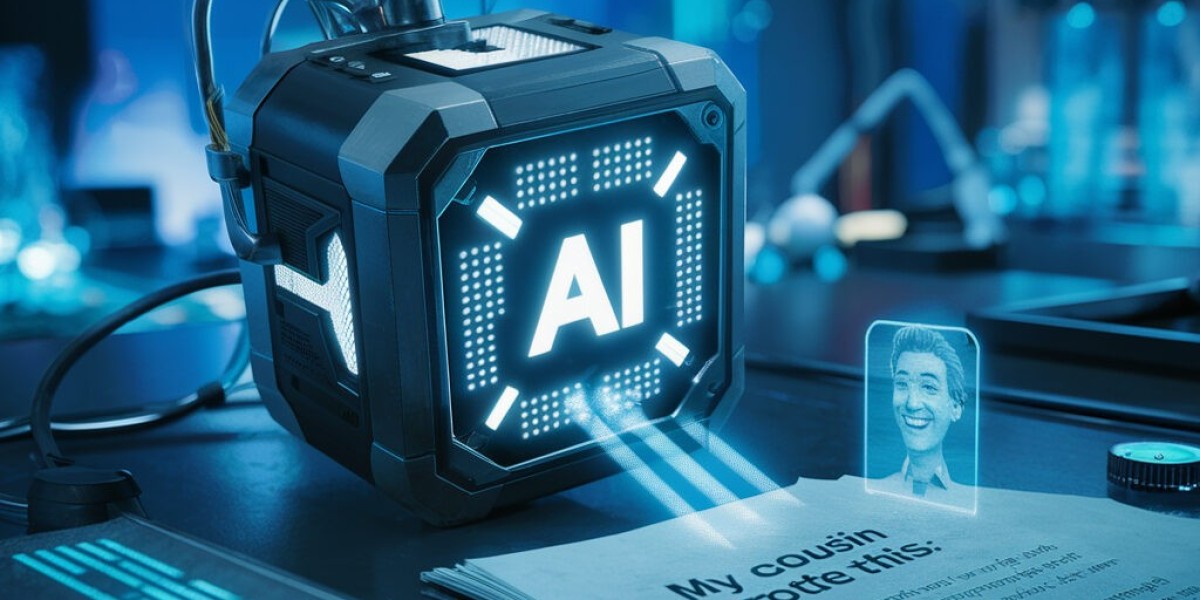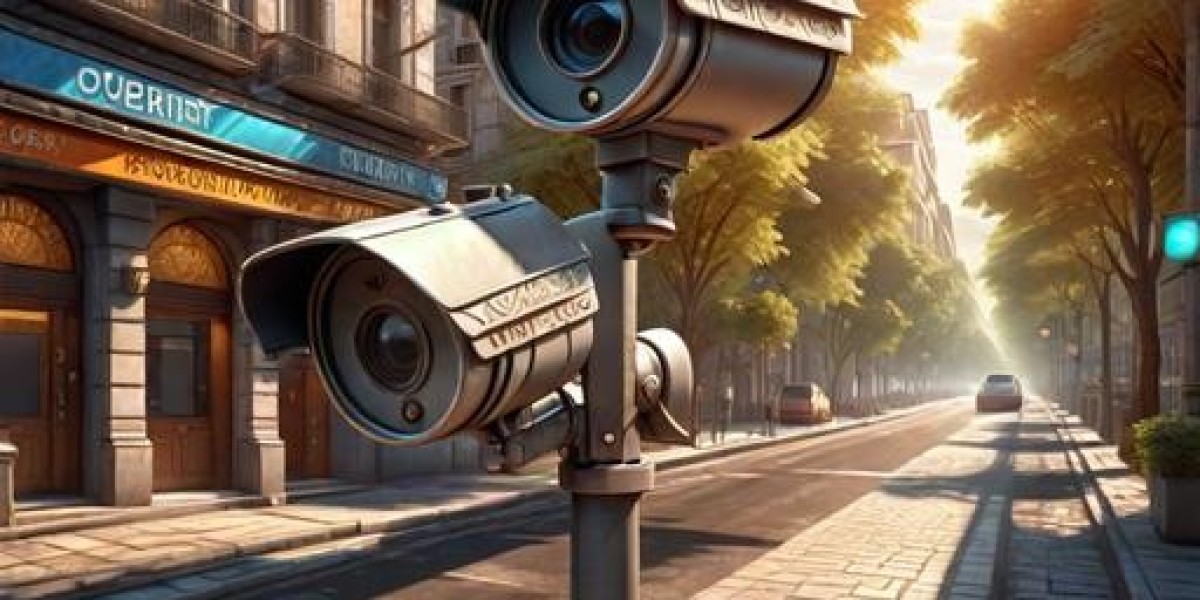AI Detectors: The Digital Watchdogs of the Artificial Intelligence Era
In a world where artificial intelligence is writing essays, composing songs, and even scripting movie scenes, the demand for authenticity has never been higher. As impressive as AI-generated content may be, it presents a growing challenge: distinguishing what’s real from what’s machine-made. This is where the unsung hero steps in—the AI detector.
An AI detector may sound like a tool pulled from the pages of a sci-fi novel, but it’s quickly becoming a standard necessity in our digital ecosystem. From classrooms to boardrooms, AI detectors are changing how we verify content, protect originality, and maintain credibility.
What is an AI Detector?
An AI detector is a smart software solution that evaluates text to determine whether it was created by a human or generated by artificial intelligence. These tools use a variety of analytical methods—ranging from linguistic patterns and statistical models to deep learning algorithms—to make educated guesses about a piece of writing’s origin.
Think of it as a digital content detective, trained to spot clues in vocabulary, sentence structure, tone, and rhythm that AI typically leaves behind.
Why the Buzz Around AI Detectors?
As AI writing tools grow more powerful and accessible, they are being used not only to support creativity but also to cut corners. Students, bloggers, marketers, and even scammers are finding ways to use AI to produce bulk content in minutes.
While this seems efficient, it raises a host of concerns:
Plagiarism in education
Loss of originality in SEO content
Misinformation spread via AI-generated articles
Fake reviews and testimonials
To combat these issues, institutions and platforms are embracing AI detectors as a line of defense. It’s not about banning AI altogether—rather, it’s about keeping human-generated content visible and valued.
How Do AI Detectors Work?
The process might seem like magic, but it’s built on solid science. Here’s a simplified breakdown:
Text Analysis: The tool breaks down the content into key components—grammar, syntax, coherence, and vocabulary usage.
Pattern Recognition: AI detectors compare the text to massive databases of known human and AI-generated samples.
Scoring and Probability: Based on similarities and anomalies, a percentage score is given to indicate the likelihood that the content was AI-written.
Some advanced AI detectors also check for “burstiness” and “perplexity”—fancy terms that measure the natural variation in sentence length and word unpredictability. Humans tend to write with emotion, variety, and occasional mistakes. AI, on the other hand, often writes too perfectly or too flatly.
Real-World Applications of AI Detectors
AI detectors are no longer niche tools—they’re being used in several important fields:
Education: Professors and school administrators use AI detectors to ensure student submissions are original and not outsourced to bots.
Recruitment: HR teams use them to verify that cover letters and resumes are written by applicants and not AI tools.
Publishing: Editors want to make sure that contributors aren’t using AI to mass-produce stories.
E-commerce: Platforms use AI detectors to eliminate fake reviews that could mislead customers.
SEO & Blogging: Writers want to ensure their content ranks well and isn’t penalized for being AI-heavy.
The Ethical Side of AI Detection
While AI detectors are helpful, they also spark an important ethical debate. What happens if a human writes something and it gets wrongly flagged as AI-generated? False positives are a real risk and can impact someone’s academic record, professional image, or even legal standing.
That’s why AI detection tools must be used responsibly. They should be one part of a broader verification strategy—not the sole decision-maker.
Moreover, developers are working hard to make these tools more accurate and transparent. In the future, AI detectors might even explain why they believe a piece is AI-written, offering more context instead of just a simple score.
AI Detector vs AI Generator: The Ongoing Duel
It’s almost poetic: AI creates, and AI detects. This ongoing duel between AI writers and AI detectors mirrors the digital arms race we’re witnessing across tech sectors. Each time a generator gets smarter, detectors must level up to keep pace. It’s a fascinating dance of innovation—and a sign of just how far we’ve come.
Final Thoughts
The AI detector is not here to stifle creativity—it’s here to preserve it. In a digital landscape filled with auto-generated noise, these tools help amplify genuine human voices. As we continue to explore the possibilities of artificial intelligence, we must also cherish the power of originality.







